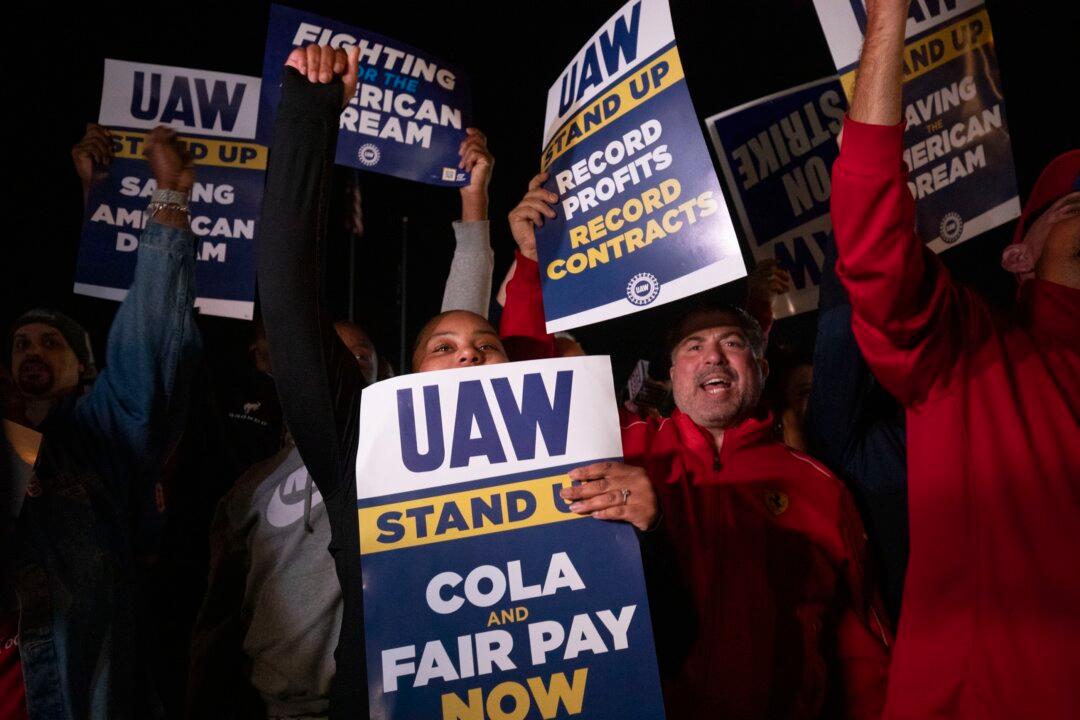The United Auto Workers (UAW) union and Ford Motor Co. have reached a tentative agreement that could end a nearly six-week strike at the Big Three automaker.
During a video published online on Oct. 25, UAW President Shawn Fain announced the breakthrough, which features a 25 percent general wage increase across the 4-1/2-year contract. In addition, the union secured a 150 percent raise for current Ford temps through the 2023 agreement, a 33 percent top wage increase, and a three-year wage progression.





